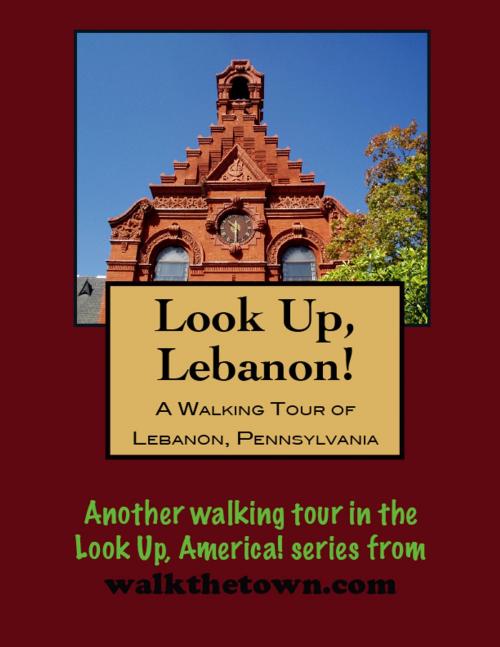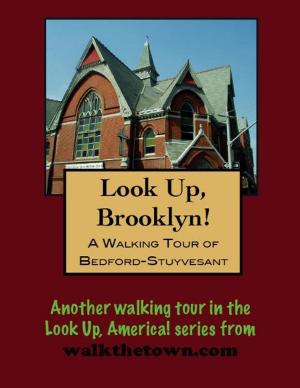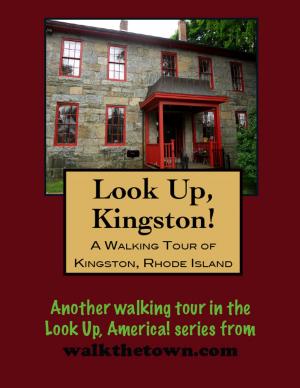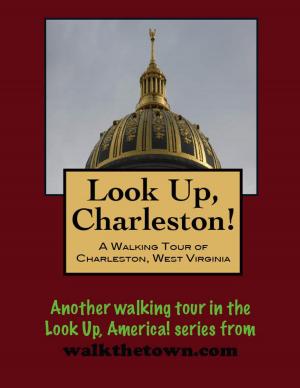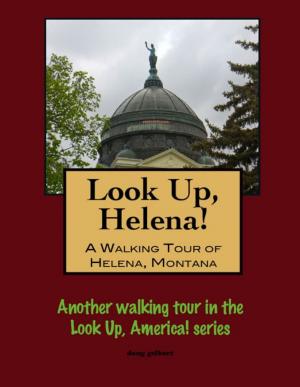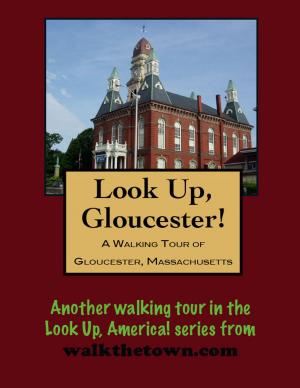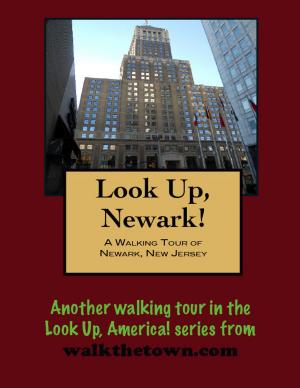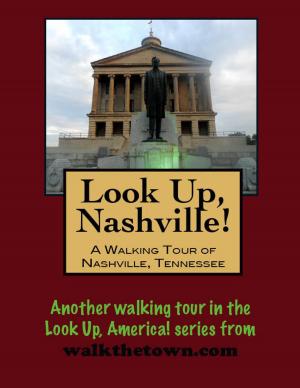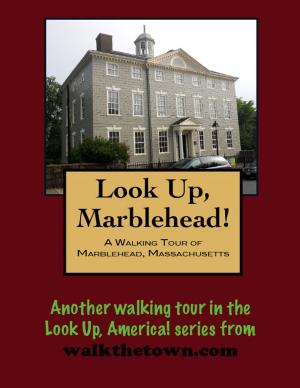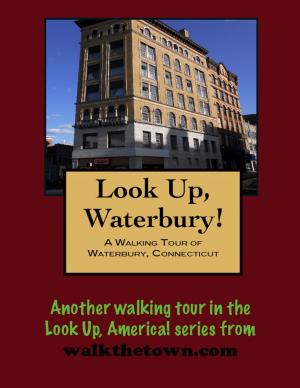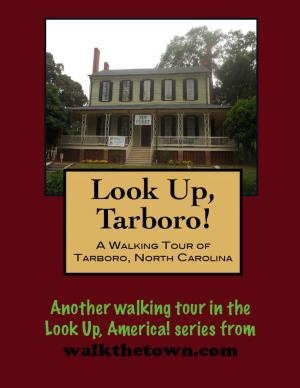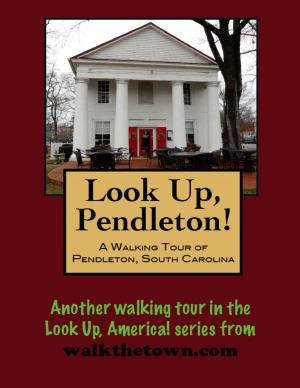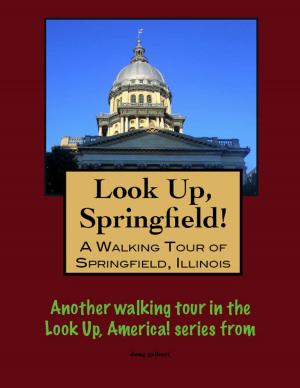| Author: | Doug Gelbert | ISBN: | 9781458074126 |
| Publisher: | Doug Gelbert | Publication: | January 30, 2011 |
| Imprint: | Smashwords Edition | Language: | English |
| Author: | Doug Gelbert |
| ISBN: | 9781458074126 |
| Publisher: | Doug Gelbert |
| Publication: | January 30, 2011 |
| Imprint: | Smashwords Edition |
| Language: | English |
There is no better way to see America than on foot. And there is no better way to appreciate what you are looking at than with a walking tour. Whether you are preparing for a road trip or just out to look at your own town in a new way, a downloadable walking tour from is ready to explore when you are.
Each walking tour describes historical and architectural landmarks and provides pictures to help out when those pesky street addresses are missing. Every tour also includes a quick primer on identifying architectural styles seen on American streets.
Originally occupied by Algonquin Indian Tribes, the Lebanon Valley was part of a 1681 land-grant by King Charles II of England to William Penn. Pennsylvania was described as a place to go for religious sovereignty and inexpensive land. First settled in 1723, Lebanon County’s initial colonists, prior to 1720, were Scotch-Irish. By 1729, the predominant settlers were German. Some worked as missionaries and others seeking religious freedom came for the land.
The Lebanon Valley went through a terrible period during the French-Indian War. Forts were constructed in an attempt to stop attacks, but Indian attacks continued until 1763. The Revolutionary War was significant in Lebanon history as well. British and Hessian prisoners were held captive in the region and worked for the Cornwall Furnace, making cannons and munitions.
By 1790, most of the German settlers who had immigrated to Lebanon County for religious freedom, were of the middle class. These Germans became known as the Pennsylvania Dutch, and they included such groups as the Mennonites, the Dunkers, the German Reformed, the Lutherans and Moravians. The Pennsylvania Dutch built farming communities and churches, bringing ministers and educators to the community. These people and their way of life had a great influence on the industry, farming, religion and other qualities of life that Lebanon knows today.
George Steitz is given credit for laying out the present city of Lebanon in the 1740s. The town was located in what was then Lebanon Township in Lancaster County and was commonly called Steitz Town or Steiza, after its proprietor. The village was renamed Lebanon in 1758 and became the county seat when Lebanon County was created by an Act of Assembly in 1813 from portions of Dauphin and Lancaster Counties. Lebanon received its charter as a borough in 1821 and as a city in 1885.
Our walking tour will begin at the former Market Square at Cumberland Street and Ninth Street where you find free parking in the municipal lot...
There is no better way to see America than on foot. And there is no better way to appreciate what you are looking at than with a walking tour. Whether you are preparing for a road trip or just out to look at your own town in a new way, a downloadable walking tour from is ready to explore when you are.
Each walking tour describes historical and architectural landmarks and provides pictures to help out when those pesky street addresses are missing. Every tour also includes a quick primer on identifying architectural styles seen on American streets.
Originally occupied by Algonquin Indian Tribes, the Lebanon Valley was part of a 1681 land-grant by King Charles II of England to William Penn. Pennsylvania was described as a place to go for religious sovereignty and inexpensive land. First settled in 1723, Lebanon County’s initial colonists, prior to 1720, were Scotch-Irish. By 1729, the predominant settlers were German. Some worked as missionaries and others seeking religious freedom came for the land.
The Lebanon Valley went through a terrible period during the French-Indian War. Forts were constructed in an attempt to stop attacks, but Indian attacks continued until 1763. The Revolutionary War was significant in Lebanon history as well. British and Hessian prisoners were held captive in the region and worked for the Cornwall Furnace, making cannons and munitions.
By 1790, most of the German settlers who had immigrated to Lebanon County for religious freedom, were of the middle class. These Germans became known as the Pennsylvania Dutch, and they included such groups as the Mennonites, the Dunkers, the German Reformed, the Lutherans and Moravians. The Pennsylvania Dutch built farming communities and churches, bringing ministers and educators to the community. These people and their way of life had a great influence on the industry, farming, religion and other qualities of life that Lebanon knows today.
George Steitz is given credit for laying out the present city of Lebanon in the 1740s. The town was located in what was then Lebanon Township in Lancaster County and was commonly called Steitz Town or Steiza, after its proprietor. The village was renamed Lebanon in 1758 and became the county seat when Lebanon County was created by an Act of Assembly in 1813 from portions of Dauphin and Lancaster Counties. Lebanon received its charter as a borough in 1821 and as a city in 1885.
Our walking tour will begin at the former Market Square at Cumberland Street and Ninth Street where you find free parking in the municipal lot...
